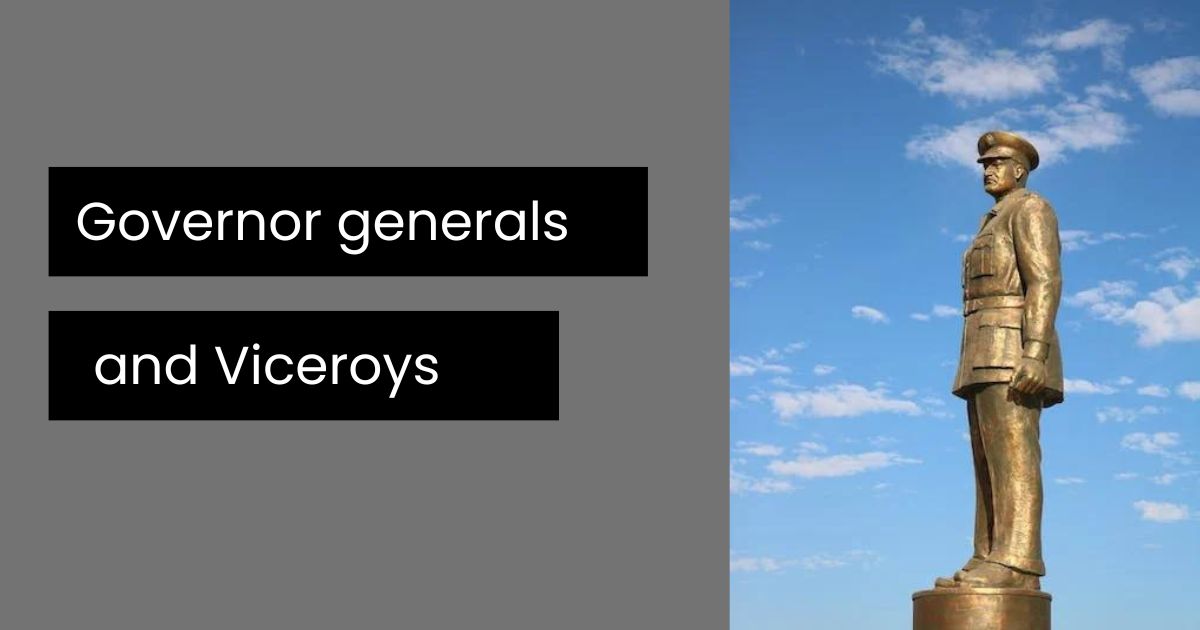Governor General and Viceroys Work
Read this table. Save your time. This table covers all questions from different exams like SSC UPSC BPSC UPPCS Railway NTPC CGL CHSL CPO MTS .
🇮🇳 Governor Generals of India (Before 1858)
| Name | Tenure | Major Contributions |
|---|---|---|
| Warren Hastings | 1773–1785 | First Governor-General; Regulating Act 1773; Asiatic Society of Bengal |
| Lord Cornwallis | 1786–1793 | Cornwallis Code; Permanent Settlement of Bengal |
| Lord Wellesley | 1798–1805 | Subsidiary Alliance system |
| Lord William Bentinck | 1828–1835 | Abolition of Sati; English education introduced |
| Lord Dalhousie | 1848–1856 | Doctrine of Lapse; Railways and Telegraph; Widow Remarriage Act 1856 |
👑 Viceroys of India (After 1858)
| Name | Tenure | Major Contributions |
|---|---|---|
| Lord Canning | 1856–1862 | First Viceroy; Revolt of 1857; Indian Councils Act 1861 |
| Lord Lytton | 1876–1880 | Vernacular Press Act; Second Afghan War |
| Lord Ripon | 1880–1884 | Local Self-Government; Ilbert Bill controversy |
| Lord Curzon | 1899–1905 | Partition of Bengal (1905); Archaeological Survey revived |
| Lord Minto | 1905–1910 | Minto-Morley Reforms (1909) |
| Lord Hardinge | 1910–1916 | Capital shifted to Delhi (1911) |
| Lord Chelmsford | 1916–1921 | Montagu-Chelmsford Reforms (1919); Jallianwala Bagh massacre |
| Lord Irwin | 1926–1931 | Gandhi-Irwin Pact; Civil Disobedience Movement |
| Lord Linlithgow | 1936–1944 | Quit India Movement (1942); Longest tenure |
| Lord Wavell | 1944–1947 | Wavell Plan; Simla Conference |
| Lord Mountbatten | 1947 | Last Viceroy; Oversaw Partition and Independence |
Viceroy/ Governor General
Work done
Warren Hasting
1st Governor General Bengal, Ended dual system of gov
(Dyarchy) in bengal
Lord Canning
1st Viceroy, Widow Remarriage
Dalhosie
Doctorine of lapse, Father of Indian Railway
Cornwalis
Father of Indian Civil Services, Permanent settlement
Irwin
Child Marraige Restraint Act passed
Ripon
Ilbert Bill
William Bentick
Abolished Sati
Lord Curzon
Partition of bengal 1905, restored Monuments


